On a recent multi-day ride with my husband and two of our riding buddies, a series of minor motorcycle mishaps got me thinking about bikes that are almost-not-quite vintage. 20 miles into our journey on Interstate-88 in upstate New York, our friend Art signaled for a pull-over because “something was falling off” his 2002 BMW K1200 RS. His turn signal had come loose before, and now wouldn’t stay on at all, so he stashed it in his panniers. Another 20 miles in, my husband Andrea, exclaimed, “The front end is loose” on his 2005 Ducati Multistrada 1000 DS, “and I need to stop.” A bracket welded by the previous owner had cracked, so the entire dashboard was moving around, and likely to render the motorcycle unusable. “I’m going to have to go back home,” he stated dryly, “but you guys can keep going.” He was riding his 2005 Multi because his newer Multistrada 1200 had a faulty sensor, and the part hadn’t arrived in time. Unwilling to abandon the trip, Art and Andrea secured the dash with zip ties – a toolkit essential. It worked! Then, on our return from Pennsylvania a couple of days later, the brake lights on Tim’s 2006 Yamaha FJR1300 stopped working. There was no quick fix, but Tim’s helmet had a brake light that signaled his intentions. We all mused that none of these things would have happened on a day ride, and noted that my 2019 Ducati Scrambler Desert Sled was the only motorcycle without problems. It was also the newest of our four machines.

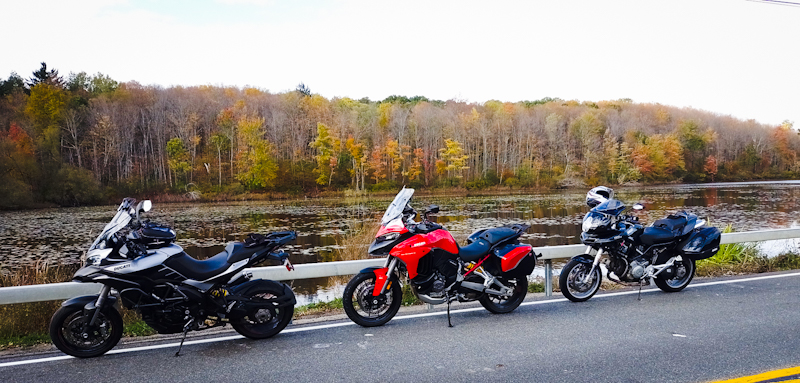
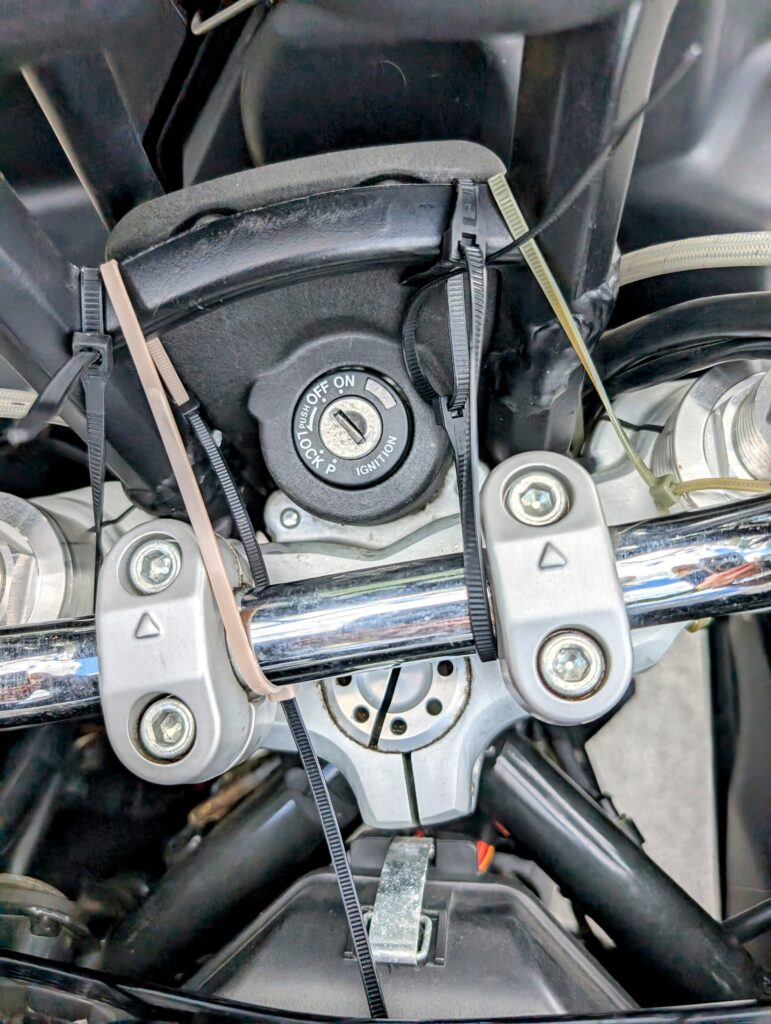
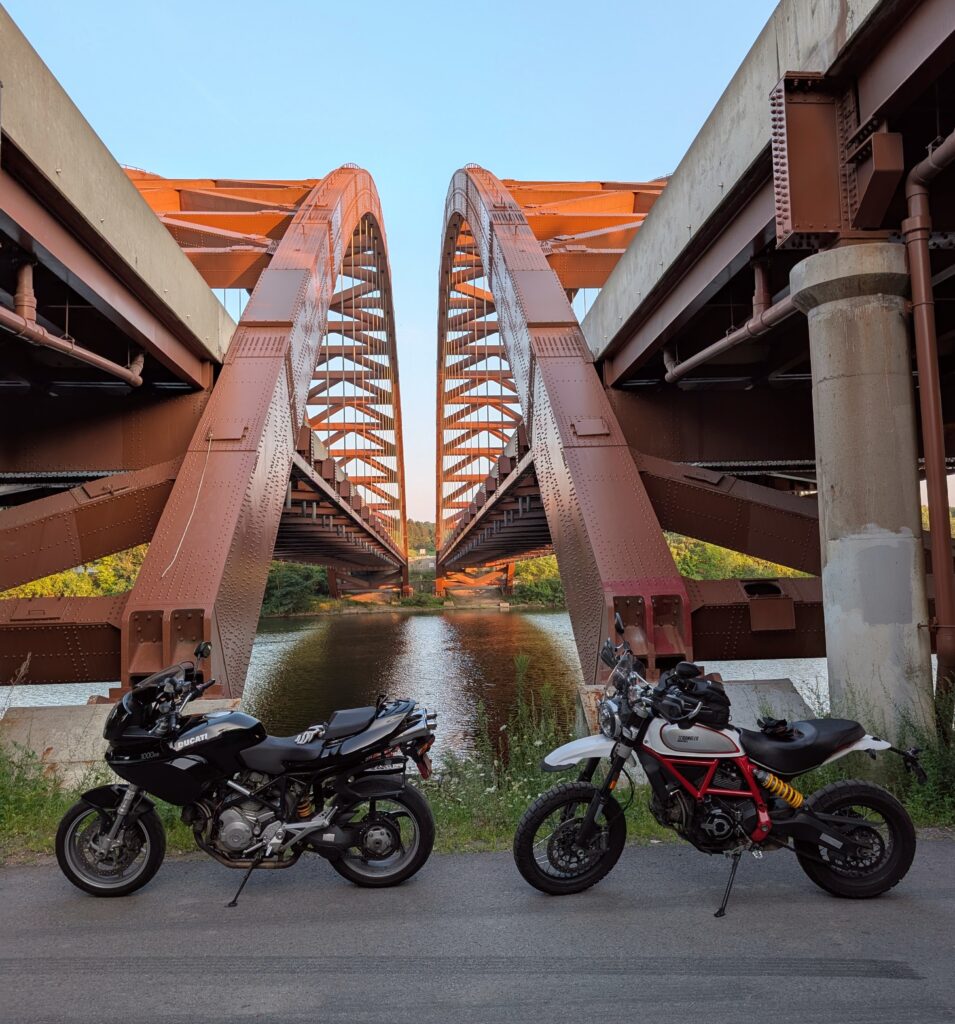
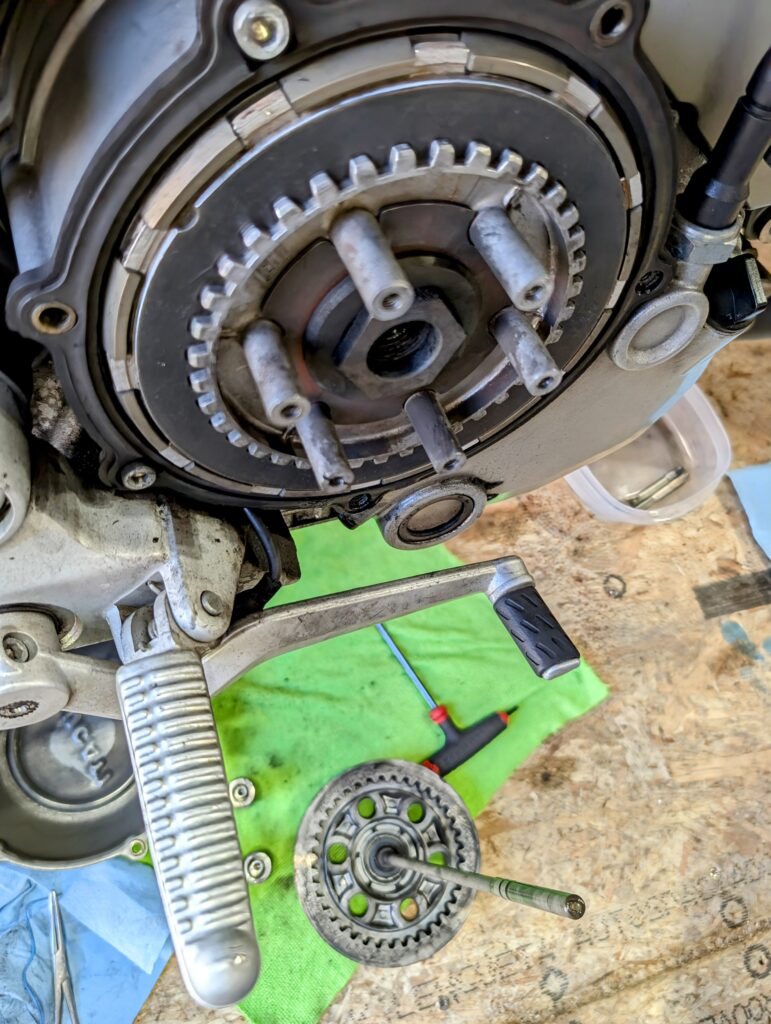
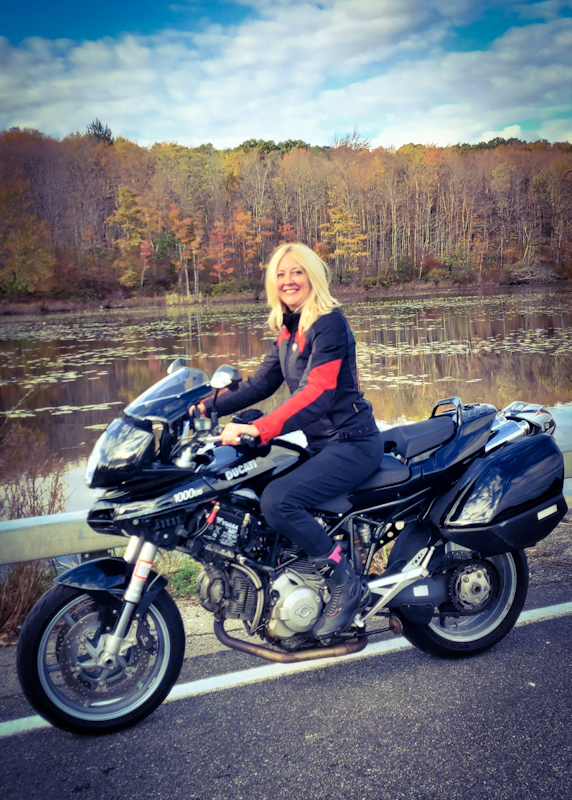
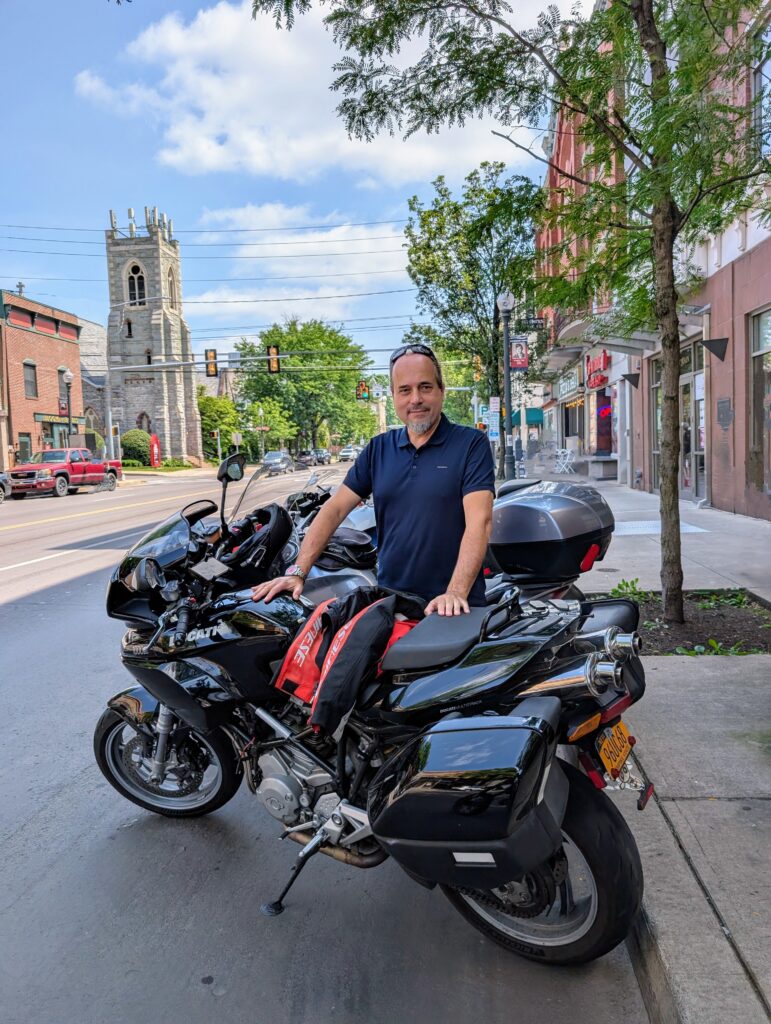



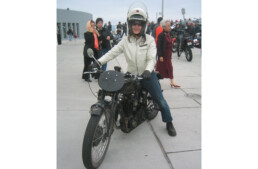
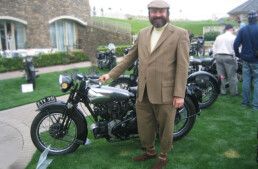
Lesson #1 … the most sensible bike financially to have is the one you own , ride regularly , maintain and repair .. vintage and collector value be damned !
Lesson #2 .. 99% of the time the bikes most ignored by so called collectors / hipster wanna be’s and delusional cool dude/babes are the ones to own . Cheaper to buy … cheaper to maintain .. you can spot your bike a mile away .. and nine times out of ten vastly better than the so called ‘ collectors ‘ and hip cycles everyone is seeking
( found this out both with 4 wheels and two … on 2 wheels ?.. ahhh .. the one I stupidly sold . to buy the trendy wendy of the time [ GS ] . a . BMW R1200C .. everybody hated em .. except me ! … when I first test rode one my butt said ” Hey .. I could do a 1000 miles on this easy ” .. and i did .. still to this day the most comfortable practical bike I ever owned . The one that got away ? Bimota Mantra .. almost the 1200C’s equal .. just as practical .. but just a little more fun at the cost of just a tad bit of comfort and no doubt reliability … BTW .. I am a MultiStrada fan ! )
Lesson #3 .. ride what you enjoy….and enjoy what you ride .. as far as everyone else’s opinions ? .. as we Joisey boys is want to say … (bleep ) em if they can’t take a joke … cause .. opinions is like bung holes .. everybody’s got one and none of em regardless of who they are matters worth a damn when it comes to what you own and what you do .. and ultimately … the joke is on them !
Jes a couple hard earned lessons learned with the onset of age ( card carrying boomer and damn proud of it ) and wisdom .. that had I had under my belt when I was younger .. well …you know 😉
😎
Watch todays 9/5/25 episode 74 ‘ the Lowdown Show ‘ on advrider [ YouTube ] … Micheal Uhlarik says the same but in much more detail .
e.g. – Ride what you love and love what you ride
Funny how in Europe one doesn’t run into these asinine M/C prejudices
And yeah … I occasionally give PdO a bit of [ bleep ] about his Velocrap obsession … but in reality thats all it is .. a lil east coast Joisey Boy razing of someone he respect and likes ..in the pursuit of humor
Ride On – Rock On – Remain Calm ( despite it all ) and do Carry On ..regardless of what you ride … 😎
Hi there, it looks like your Facebook account has been hacked. It keeps posting silly AI vids every few minutes